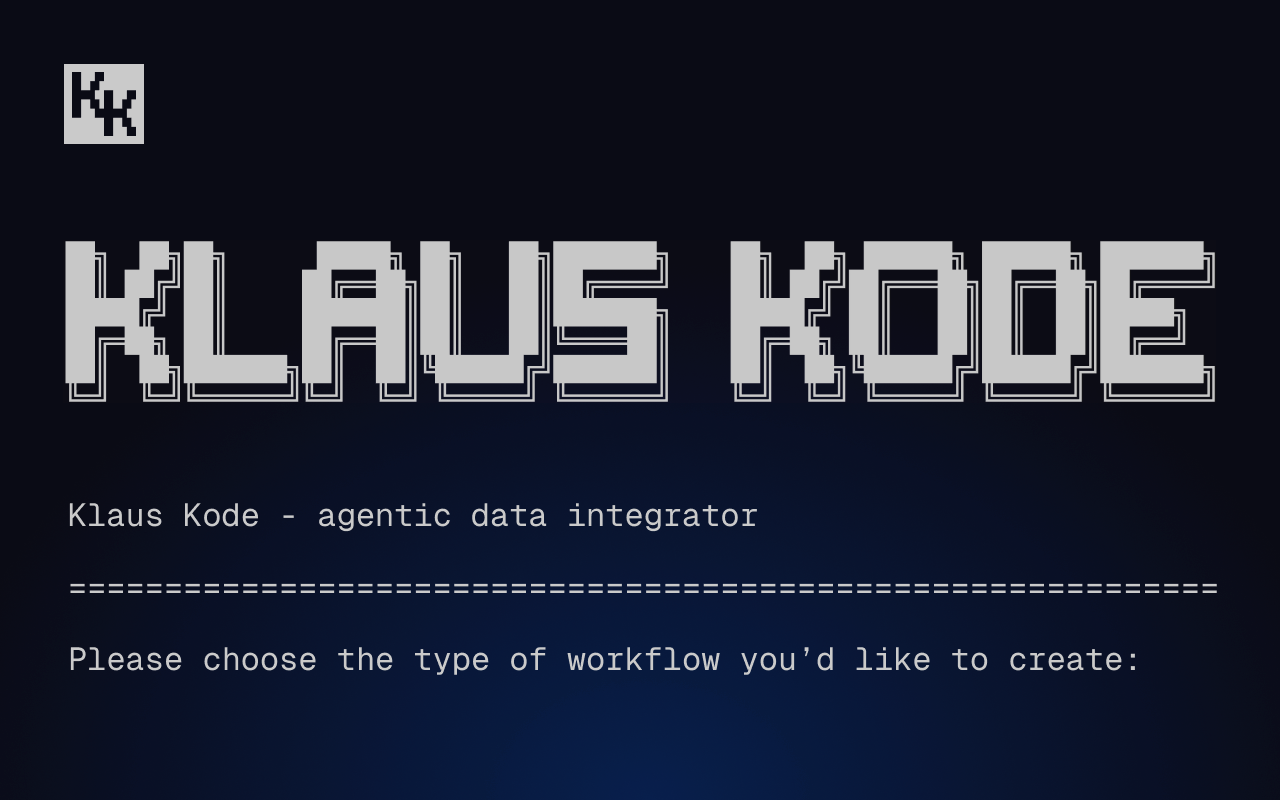Why data scientists can’t take full advantage of real time data streaming
Real time data streaming has obvious benefits for data scientists. However, there is a significant obstacle: most libraries come in Java and Scala, while most data scientists work exclusively in Python. Here’s why real-time data streaming has (until now) been an uphill endeavor.

Science has used data to prove the laws of the universe for centuries. However, the term data science refers to a specific profession focused on dissecting and analyzing big data. Spawned from the field of data analysis, a modern data scientist now wrangles and processes increasingly large data sets (they call it big data for a reason).
Data science first rose to prominence in the 1990s. Once the business world realized the hidden value locked within records and statistics — records they’d spent the previous decade digitizing — data mining (and the data scientists who can do it) became a must-have resource.
Fast forward to 2021, and big data and data science are worth an estimated $64 billion globally. The focus of today’s data scientists has evolved from mining value from historical data to increasingly focusing on gaining insight from data at the time and point of extraction.
Why data scientists prefer working with Python
As their focus shifts towards real-time data, many data scientists face the same obstacle: the libraries they rely on for real-time data streaming were built for and designed by software engineers to monitor backend metrics. As such, they all tend to be written in Java or Scala.
There’s one language in almost every data scientist’s toolbox: Python.
Python is a flexible language that can be used for many purposes, from web development to automation. It is quickly gaining prominence for its usefulness as a programming language for data scientists.
Data scientists love Python for several reasons, including:
- Python is an intuitive language with a gentle learning curve. This is important because many data scientists approach the field from a background in mathematics or statistical analysis rather than programming or software engineering.
- Python doesn’t have hefty system requirements, meaning that almost any machine can run it with minimal strain on the CPU. Other, less popular data science coding languages such as R eat up comparatively vast amounts of RAM when loading or reading data.
- A vast community of Python contributors and developers have built huge libraries of open source code and use cases. This wealth of free resources means data scientists using Python can spend less time fixing tricky code and more time creating models or building algorithms.
Many Python tools available to data scientists are open source and freely available. Open source Python notebooks, such as Jupyter, are frequently required for data scientist jobs.
These libraries are fantastic for working with static data. They create intuitive, easy-to-explore databases in a tabular format. However, they’re not designed for real-time streaming. For data in motion, different tools are needed.
Alternatives to Java and Scala for data science
So what options are available to data scientists who want to stream data in real time but aren’t Java- or Scala-savvy?
A few tools attempt to bridge the gap. Spark and Flink are two popular open-source examples (both Apache). As well as solid batch processing functionality, both platforms have stream functionality for massive-scale distributed computations, data distribution, and fault tolerance.
The Spark vs. Flink debate has gone on for years. They’re not the only options, but you’re likely to come across them often. Kafka streams are another real-time data source.
They all support Python, but none are without their issues: Spark is not a true streaming library, instead of processing data in mini-batches. Kafka Streams is a streaming library but not a processing engine, and Flink is a stream processing engine. Still, the Python API and documentation are so bad that it’s almost unusable.
Benefits of using Python with real-time streaming data
So how do we enable data scientists to take advantage of real-time data streaming?
Quix delivers a dedicated Python client library as part of our platform so that data scientists can work with high-performance real-time streaming data without knowledge of Java or Scala. The time-saving implications of removing the need to rewrite Python code into a production language are massive.
The platform includes a dedicated library with support for all open-source frameworks. Quix sits on top of frameworks such as the message broker Kafka, integrating seamlessly. Whereas Spark, Flink, and others have limited native Python support, the Quix platform has Python at its core so that users can work on real-time streams from multiple frameworks with Python alone.
For the data scientists already using the Quix platform, this has meant taking ownership of the entire data lifecycle. A single user can explore Jupyter notebooks, develop in PyCharm, and deploy ML to streaming environments single handedly. This increased agility enables production models to be trained and updated rapidly without developer intervention. This accelerates workflows and allows a smooth transition of research into production without the “too many cooks” scenario often created when IT, software and data engineering teams have to provide support.
Anything that makes the ML deployment process faster and more efficient is precious to data scientists. A staggering 87% of ML projects fail to reach the production stage. A significant factor is that the ML specialist loses ownership once the workflow changes hands from scientists to engineers.
Real-time streaming data capabilities are a business necessity
Coding may be a tool data scientists use, but coding ability isn’t what makes them valuable. Quix empowers data scientists to take full advantage of real-time data streaming by making them capable of owning the entire data lifecycle and working in the language they love. This creates greater efficiency for organizations that rely on data insights by reducing the workload on both data scientists and development and engineering teams. Time spent slogging through user-unfriendly libraries such as Spark, and Flink can now be redeployed, extracting value from data insights. This increases business agility and cuts both risk and the time to value needed for new projects. There’s no need for enterprise-grade coding to manage the infrastructure associated with enterprise-grade big data streams.
Gartner predicts that by 2022, more than half of major new business systems will incorporate continuous intelligence that uses real-time context data to improve decisions. The writing’s on the wall: the importance of real-time streaming data is moving from nice-to-have to a business necessity. That’s why it’s so critical to give data scientists ownership of their projects now to lead the way in ML and analytics projects.
Whether you’re an experienced data scientist or a student itching to take the first steps in their career, the Quix platform ensures that your workflow stays in your hands no matter how complex the requirements get. If you’re curious to try it, bring your questions to our Slack community, sign up for a free trial and enjoy some Quix credits on us.

Check out the repo
Our Python client library is open source, and brings DataFrames and the Python ecosystem to stream processing.

Interested in Quix Cloud?
Take a look around and explore the features of our platform.

Interested in Quix Cloud?
Take a look around and explore the features of our platform.

.svg)







